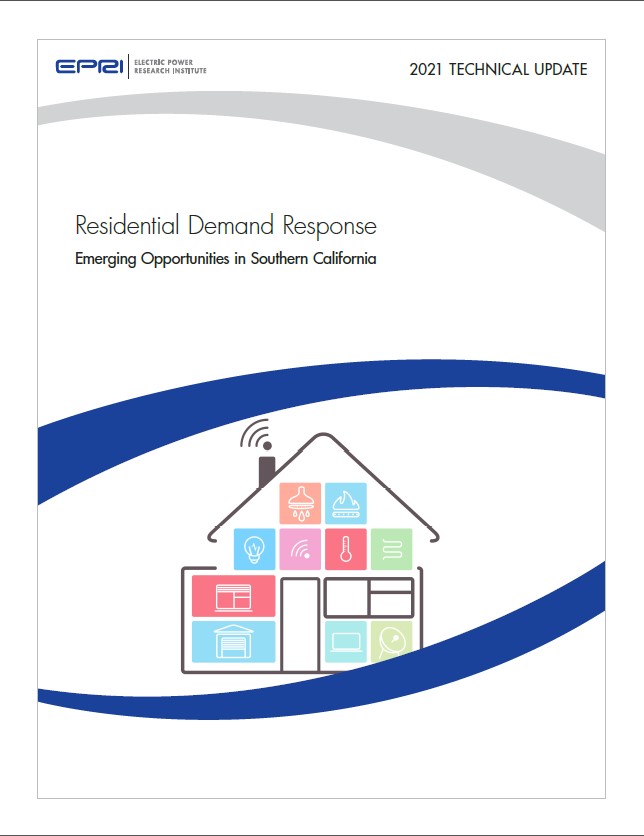Project Info
COMPLETE
 Project Title
Project Title
 Project Title
Project Title
D1- “New Residential Demand Response Opportunities in SCE Service Territory”
Project Number DR18.13 Organization SCE End-use Whole Building Sector Residential Project Year(s) 2018 - 2021Description
Objectives:
1. EPRI identified “a need to conduct lab evaluation and field demonstrations, in order to identify gaps between program requirements and device response. Results 2 from such evaluations can be transferred to manufacturers and Standards Development Organizations (SDOs) for standards and product development.”
2. In addition, SCE has identified important changes in the energy environment that with both make residential DR more critical and may change how residential DR operates.
Among those key changes are:
a. A growing emerging of distributed renewable energy sources (solar and storage) that has already been shown to accurately predict important changes in the daily cost of the supply of energy. These changes have shifted the times when DR was needed during the peak of the day, now into times when wholesale market costs are ramping up in the early evening hours and loads need to “shift” into the middle of the day
b. Recent experience in the SCE territory clearly showed that customers prefer DR coordination by manufacturers (e.g. NEST) rather than via a home area network concept with a coordinating device that communicates directly with the utility. However, local grid needs may change that approach, as SCE examines how to manage the distribution grid effects
c. New devices being introduced to the residential market (e.g. Amazon Echo, Google Home) have the potential to create “Smart Homes” that can fine tune user energy use while providing increased comfort to consumers.
d. Other new technologies (e.g. heat pump water heaters) can store energy in ways that may facilitate new ways to use DR by providing local energy storage for controlled release when needed by the grid.
e. The emergence of local energy storage “behind the meter” cannot be underestimated. Market forecasts of the increased adoption of residential batteries “paired” with household solar systems are off the charts.
Each of these key changes implies a need to better understand the residential DR enabling technology emerging markets and to identify optimal ways to enhance residential DR customer engagement though communication and coordination
Project Report Document
Loading PDF Preview...
